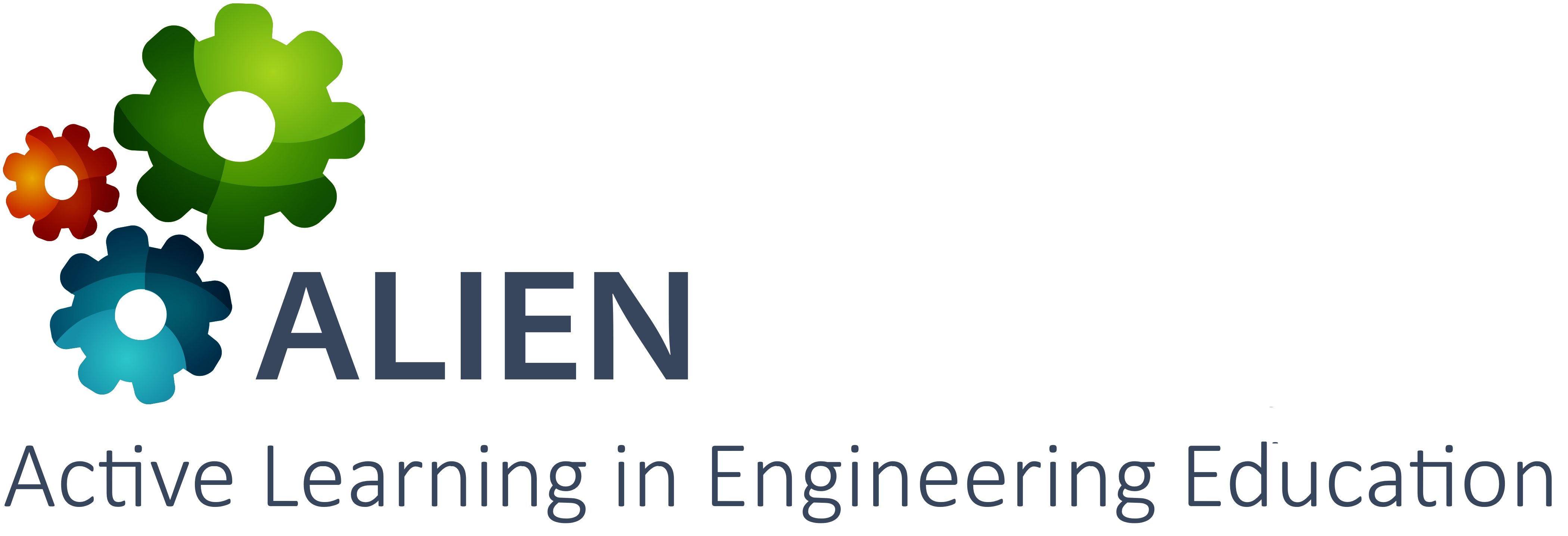 Course overview
Course overview
This course introduces real time systems. The differences between soft and hard real time systems are explained. Issues related to system decomposition and scheduling techniques are discussed. These include Timed Petri Net, clock-driven scheduling, as well as priority-driven scheduling of periodic, aperiodic, and sporadic tasks. Apart from that, the course also covers issues such as multiprocessor scheduling and resource access control, fault tolerance, and real time communication.
Participants in piloting
This course was conducted to undergraduate students from the Department of Software Engineering, Faculty of Computer Science and Information Technology. There were about 52 students enrolled and most of them are third year students. Third year students were enrolled.
Timeframe
Fall 2019.
Use of ALIEN services and tools
- Study the problem exists in FSKTM surrounding or within UM which could be solved using a real-time system.
- Elaborate a focus issue with real-time systems based solution.
- Design the real-time system architecture.
- Analyze the real-time systems of the proposed solution.
- Apply ethical principles and discipline
- Function effectively as a team member
- Communicate effectively on complex computer science activities through presentations.
 In this project, you are required to choose a problem exist in FSKTM or within University Malaya where it could be solved by applying the real-time systems using Arduino/Raspberry Pie/ Drone/ Anynomous Car. You will need to create the real time system architectures and analyze the real-time systems. Your system must demonstrate how it resolved the problem encountered in the existing system. You will need to present your system by week 13.
In this project, you are required to choose a problem exist in FSKTM or within University Malaya where it could be solved by applying the real-time systems using Arduino/Raspberry Pie/ Drone/ Anynomous Car. You will need to create the real time system architectures and analyze the real-time systems. Your system must demonstrate how it resolved the problem encountered in the existing system. You will need to present your system by week 13.
To meet the project requirements:
- Students are divided into 9 to 10 people in a group and appoint a leader. Discuss the group rules in the Group Contract and initiate role for each team member.
Expectation – First draft of Group Contract (3%)
2. Each group will explore the IoT equipment available in this TEASL Lab. The following are the items and provisions of the student. Students should share with their team members how to operate the IoT equipment.
- Fly the Drone – 2 students
- Light up LED using Arduino – 2 students
- Light up LED using Raspberry Pie – 2 students
- Set up the Anynomous car – 2 students
- Design and print small object using 3D printer – 2 students
Expectation – Students self-explored the IoT equipment and exchange knowledge with team members. Good psychomotor in operating the IoT equipment. (3%)
- Students are required to find problems in FSKTM or in UM environment that can be solved using real-time systems. Students can discuss outside of the class to find out the problems, draw the architecture and interview the user informally.
Expectation – Students should come out with the titles for the group project. (4%)
- Students discuss the architecture, analyze the issues and reassign the role in the team.
Expectation – Students fill out the FILA form and update the Group Contract especially the role of group members. (5%)
- Students must decide if any changes occur.

Expectation – Update the FILA form if any changes occur. (5%)
- Students has the ability to solve problem related with ethics.
Expectation – Update the FILA form and able to solve problem solving problems related to ethics and discipline. (5%)
- Students present their respective IoT demonstrations and group presentations.
Expectation – Each student in each group will present their task for 1-2 minutes each. Student can present using power points, video, acting etc up to the group creativity. (5%)


